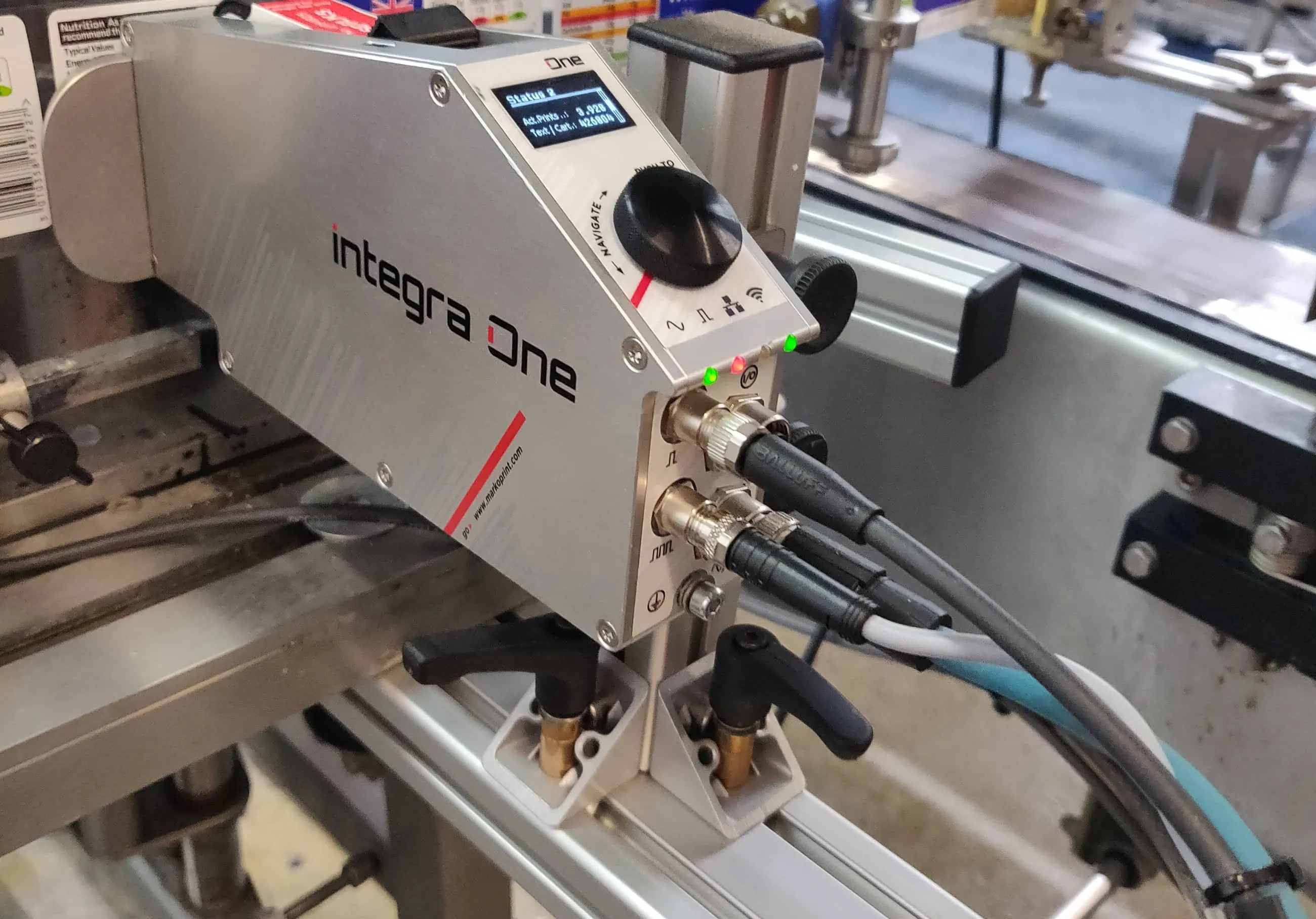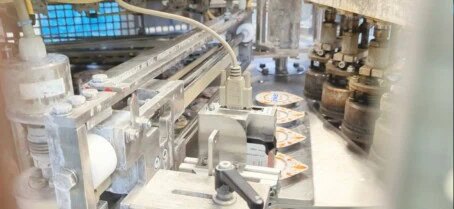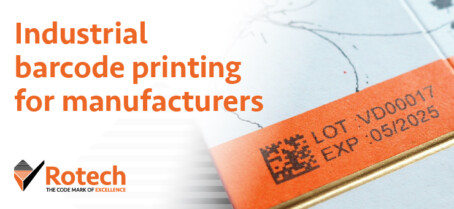Thermal inkjet (TIJ) printing is rising in popularity due to its ability to print a diverse range of data in different colours and formats onto virtually any substrate – they even print UV ink.
So small that they can be hand held, TIJ printers are replacing more traditional label printing methods such as continuous inkjet or thermal transfer, because they free up space and require far less user interaction, therefore freeing up valuable resources.
TIJ printers are also maintenance free – no spare parts are required and each small ink cartridge can produce hundreds of thousands of prints before the need to replace.
TIJ eliminates maintenance and support costs
Essex-based African food distributor, MacPhilips Foods, were applying batch and date codes to bottles of palm oil using a Continuous Inkjet Printer (CIJ). However, it was becoming troublesome and expensive; they had issues with missing codes which resulted in product recalls and having to re-ship goods back from Holland at great cost to the company. This, combined with high consumable costs and associated down time, led them to ask Rotech for help.
They needed a more reliable and cost-effective labelling solution that they could apply to any of their products, particularly the bottles of oil – they needed the code to stay in place if oil came into contact with it.
To solve all of their printing problems Rotech installed a small X1Jet printer directly onto their labeller, and set it to print the ‘best before’ date and batch number in the 3mm area.
The results were instantaneous – each full reel of labels can be precisely coded in a matter of minutes, clearly marked and still firmly in place when wiped with oil.
The printer can also be simply moved to any line or labeller, and it has eliminated all of their problems and excess costs.
No more hand labelling
TIJ can also make hand labelling obsolete – one small printer can do in a few minutes what one person can do by hand in a day.
Premium car care company Autoglym had traditionally printed and applied batch and date code labels to bottles by hand using a ticket gun. The additional labour required and the slow rate of production was already a concern, so too was the issue with some printed labels not always enduring harsh environments.
Autoglym were manually applying codes to 2.5 litre and 5 litre plastic bottles, printing black and red text in standard English, and Chinese characters for their Asian market. They needed to find an automated solution that was quicker, more reliable and more cost-efficient – one that would not interrupt the conveyor line.
Rotech installed an Integra Thermal Inkjet printer onto the side of the existing conveyor to fully automate the coding process. It automatically prints batch numbers and date codes directly onto the chosen position on each bottle label as it passes the printer. And, being fully adjustable, the height of the printer can be quickly positioned to print on each bottle size.
The printing technology uses thermal energy to expel ink through a nozzle leaving a highly durable print that will endure even wet environments.
Since installing the Integra printer, Autoglym has seen cost savings of around 33% on the coding process.
Creaming the benefits of TIJ in FMCG
Payne’s Dairies produce around 360,000 2 litre, 1 litre and 1-pint cartons of milk per day, across six lines. One recurring issue was the frequent breakdown of their bottle label printing system which was used to date and code each milk carton. Not only was it interrupting production, it was also costing around £1,000 to repair each breakdown and another £6,000 a year to replace the printer sensors on six lines.
The old continuous inkjet system was large, expensive to run and increasingly expensive to maintain. Furthermore, the system was soon to become obsolete.
Rotech installed six new Integra TIJ printers onto their existing labellers, set to create best before dates, times and line numbers. The printers are protected by a Perspex screen which were engineered by Rotech to protect the printers from any moisture or spray.
The new printers have freed up space around the labellers, allowing users to simply replace depleted cartridges as required. As well as making significant savings on maintenance, repairs, spare parts and downtime, the new printers produce crisp, clear markings on various size milk cartons, hour after hour, day in, day out.






